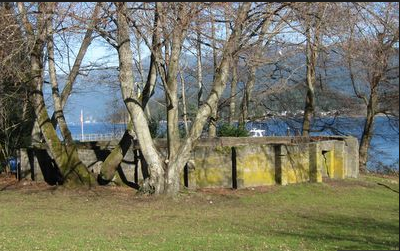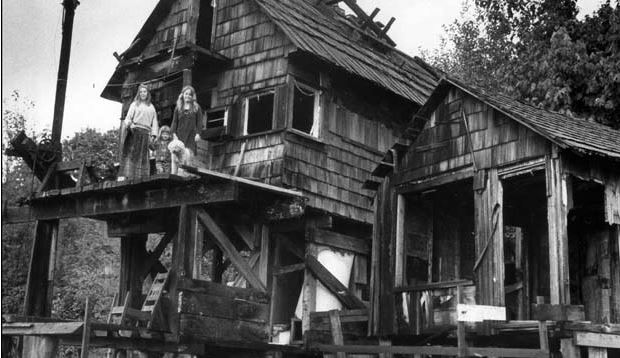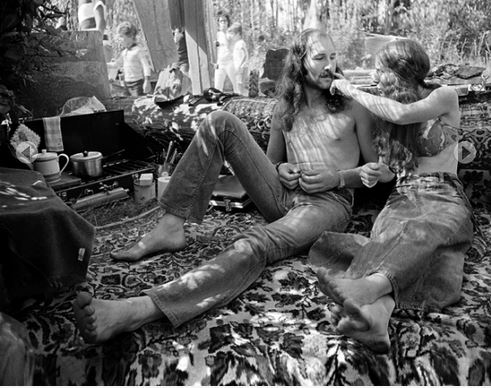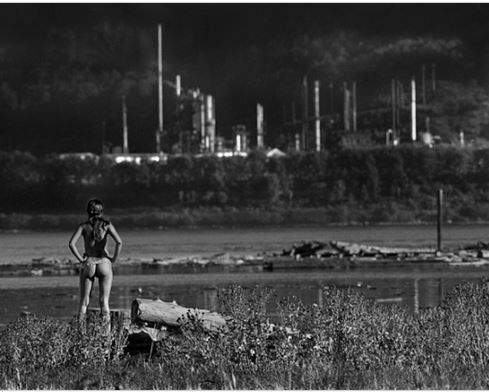Next time you’re in the Lower Lonsdale area, drop by Presentation House and check out Water’s Edge. It’s a new interactive exhibit developed by the North Vancouver Museum that shows how the waterfront has changed over the last couple of hundred years. I did the research and wrote the stories, archivist Janet Turner sourced hundreds of photos and maps, and Juan Tanus and his team at Kei Space added the magic. The result is a really interesting look at how industry, infrastructure and development have changed the coastline all the way from Indian Arm to Ambleside.
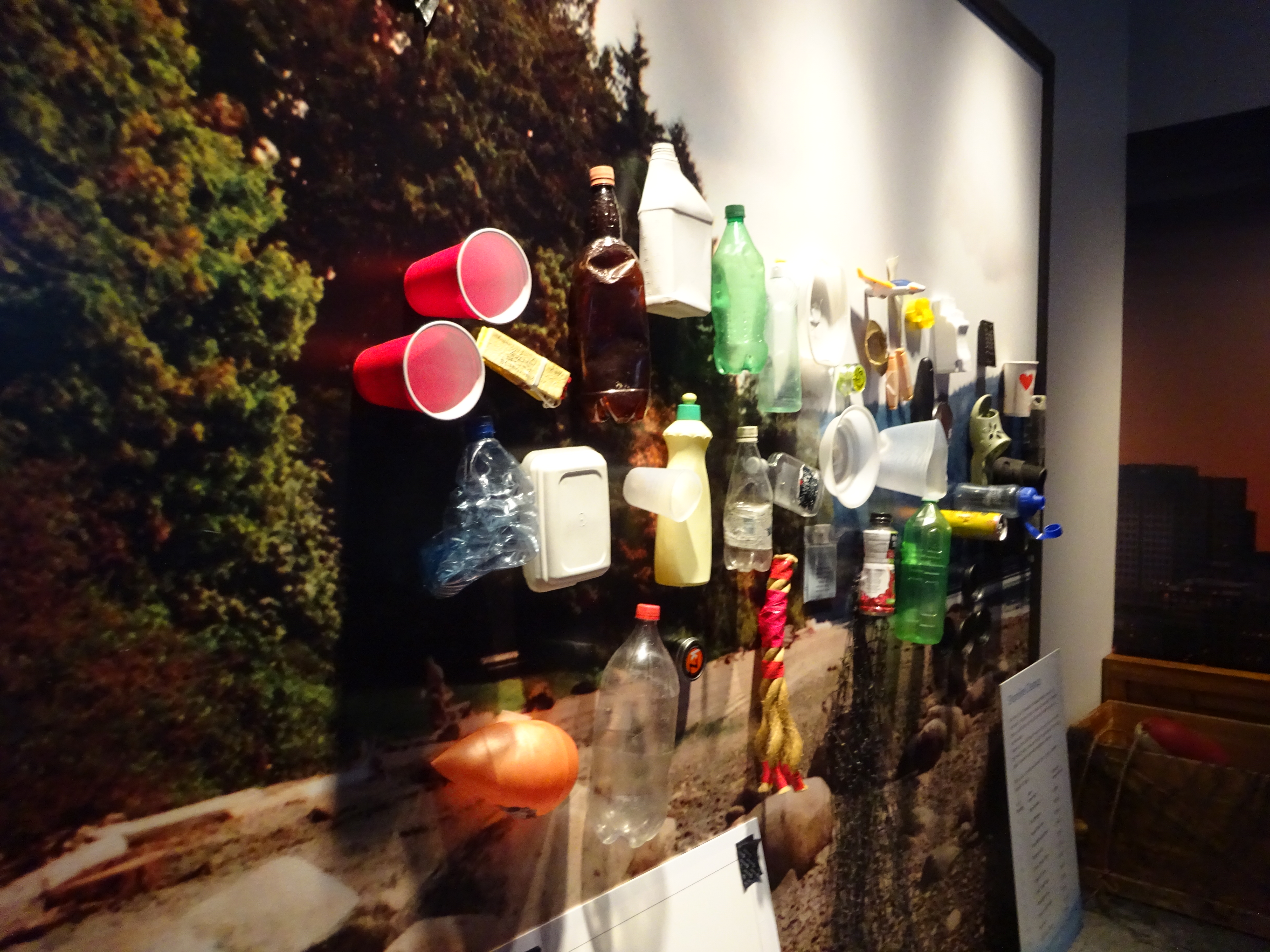
The sound effects add to the whole experience, as does a floor to ceiling slide show of the blue cabin and accompanying video, as well as a wall of flotsam and jetsam. One of my favourite touches is the two benches from the old ferry building at the bottom of Lonsdale.

North Van has so many stories that it wasn’t hard to come up with close to 100.
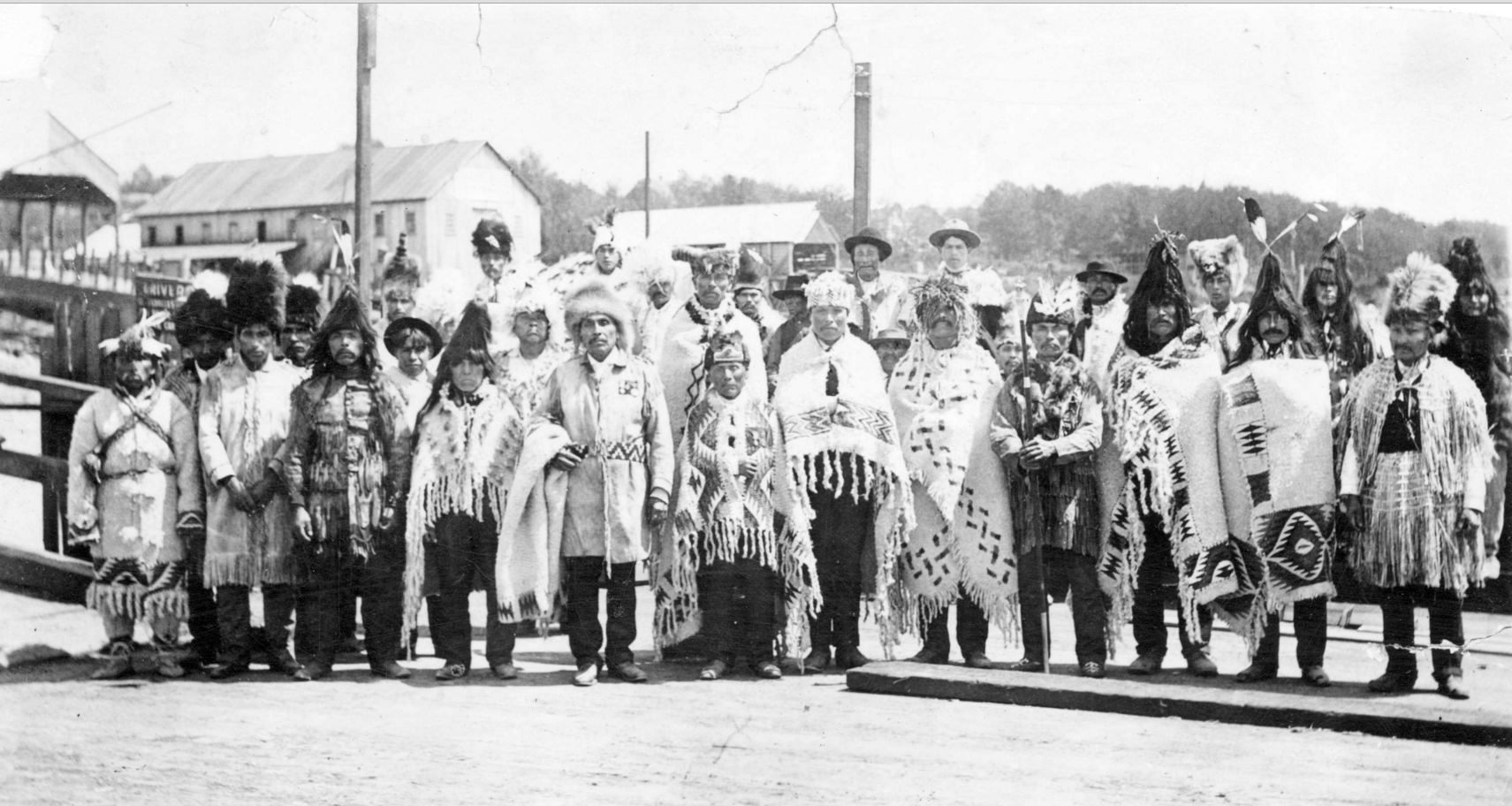
One of my favourite stories is the streetcar that hurtled down Lonsdale in 1909 dumping all of its passengers, including the mayor’s wife, into the water.
Several stories came out of Maplewood, which has seen its coastline change from mudflats to a sand and gravel quarry to squatter shacks. Public protest saved the area from becoming another shopping centre, and it’s now a wild bird reserve that’s home to 246 different bird species.

Indian Arm has a plethora of stories. There’s the Wigwam Inn built by Alvo von Alvensleben in 1909. Canada’s only floating post office operated from 1908 to 1970 up and down Burrard Inlet, as did a floating grocery store which visited 25 different wharves five days a week in summer and three in winter. In 1891 Sarah Bernhardt took some time off from her performances at the long defunct Vancouver Opera House and went duck shooting at Indian Arm.

There’s stories from what was once Moodyville, named after Sewell P. Moody who went down on a ship in 1875, but not before leaving a message on some driftwood that said “S.P. Moody all lost.” And there’s the fire at the grain elevators 100 years later that claimed five lives.
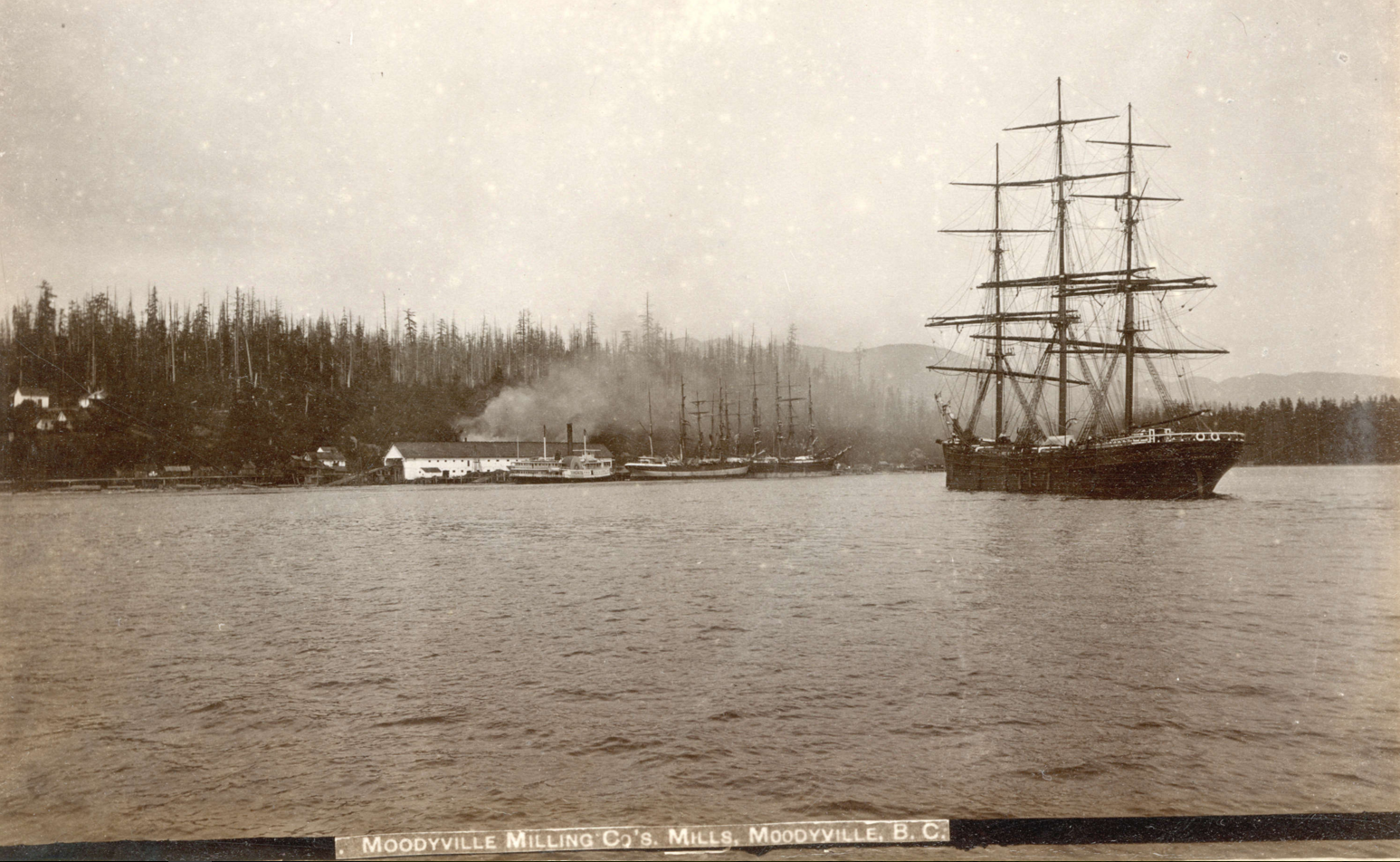
Many stories come from the Mission Reserve. Their lacrosse team won the 1932 BC Championship. Emily Carr visited several times, painted and wrote about the area, and there are the very unpleasant stories that came out of the Residential School that sat near St. Paul’s Church until its demolition in 1959.
Some of the really amazing stories were the ones that didn’t happen—the aborted plans such as the Capilano Airfield, and if that had gone ahead, would have turned North Van into a very different place than it is today.
